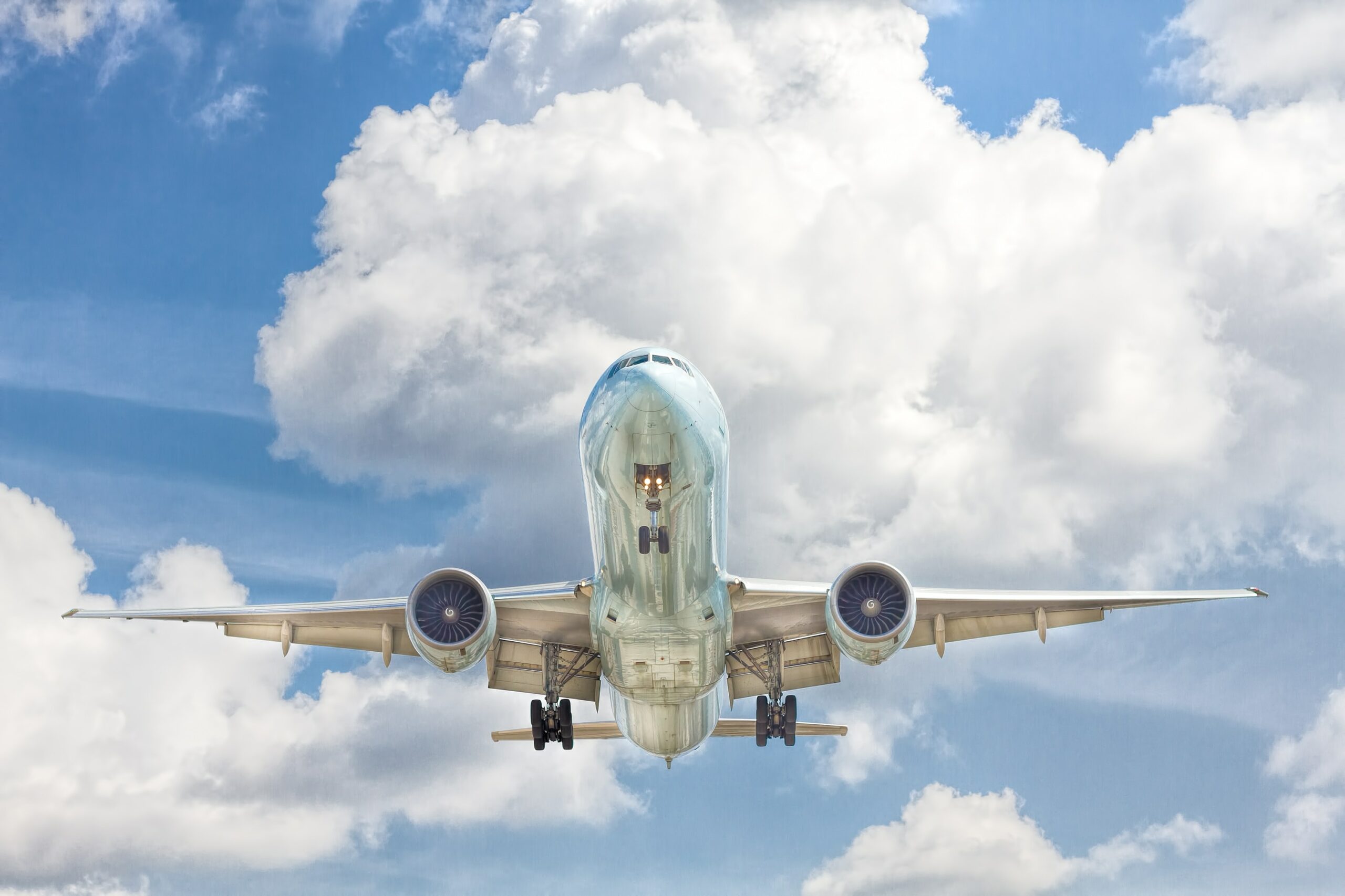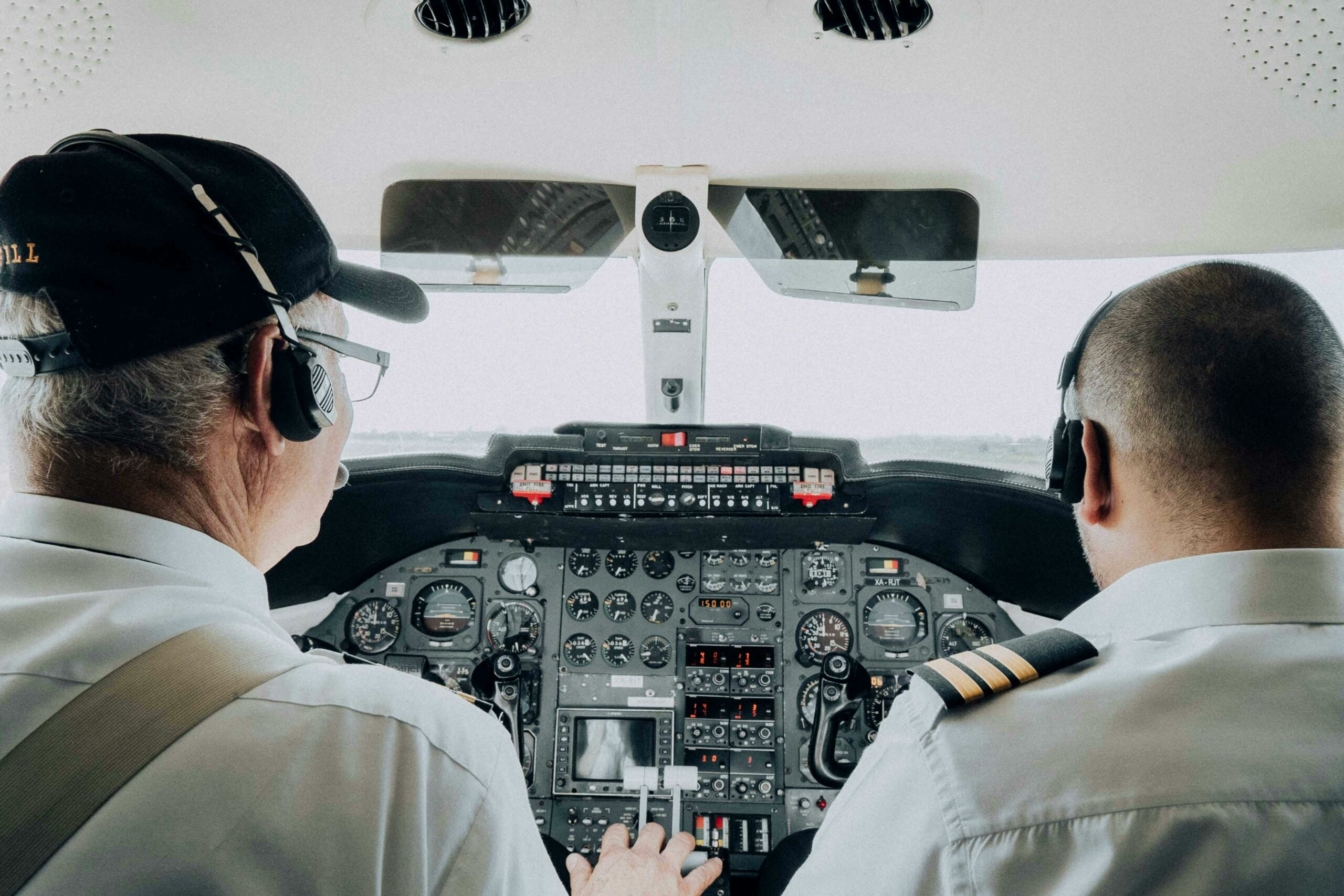Turbulence Forecast:
How Accurate Can They Be?

Ever been on a flight and experienced sudden changes in aircraft movements from smooth to irregular? It is due to something called turbulence. Turbulence happens when air moves irregularly, causing air currents of different intensities due to different speeds of air currents.
These irregular changes are the result of erratic changes in the altitude or angle of the plane, causing bumpy rides for passengers. It is essential to have a grip on the knowledge of turbulence forecast so flights are operated smoothly and manage irregularities accordingly.
What Is a Turbulence Forecast?
The turbulence forecast shows the possibility of turbulence in the designated areas. Irregular air movements with different speeds and intensities characterize it. It results in wind shear, convection, atmospheric pressure, temperature, and altitude changes. It happens suddenly and may incite anxiety and stress among passengers during an airplane flight. Hence, turbulence forecast is essential and mandatory. Thanks to AI-driven tools like Courage, the airplane passengers can get minute-by-minute forecasts for how bumpy the ride will be. This can be really useful in hurricane season.
Types of Turbulence Forecast
Some of the types of turbulence that happen due to variable reasons and are commonly witnessed include:
- Wake Turbulence
Occurs due to wingtip vortices.
- Clear Air Turbulence
Usually occurs at the height of 15000 feet.
- Mechanical Turbulence
Due to the friction between the air and plane surface.
- Thermal Turbulence
Due to warm air pockets.
- Frontal Turbulence:
Due to abrupt shifts between warm and cold air masses.
- Wind Shear
Due to uncertain atmospheric conditions.
- Mountain Wave Turbulence
Air flowing over mountain tops causes strong currents.
- Thunderstorm Turbulence
Updrafts and downdrafts that extend outside of the storm.
How is Turbulence Classified?
Generally, turbulence is light, moderate, severe and extreme, depending upon the intensity and velocity of the air movements.
The basic types of turbulence experienced during flying are:
- Light: Due to slight changes in altitude.
- Moderate: Due to changes in altitude but controlled smoothly by the pilot.
- Severe: Abrupt and large changes in the altitude. It may result in uncontrolled movement of aircraft for a moment.
- Extreme: Violent tossing of the aircraft and impossible to control. It may cause structural damage to the plane.
Different Models For Turbulence Forecast
- High-Resolution Rapid Refresh (HRRR) Model
This is the continental-scale NOAA hourly-updated modeling operational at NCEP. It is a numerical forecast model and an analysis/assimilation system to initialize that model. RAP is complemented by the higher-resolution 3km High-Resolution Rapid Refresh (HRRR) model, which is also updated hourly and covers a smaller geographic domain.
- The Global Forecast System (GFS) Model
This is a National Centers for Environmental Prediction (NCEP) weather forecast model used by NOAA. It helps produce data for atmospheric and land-soil variables, including temperatures, winds, precipitation, moisture, and ozone concentration in the National Centers for Environmental Prediction (NCEPatmosphere.
- The k-ε approach Model
This is the most practical and reliable model for turbulence forecast. The model is used for forecasting turbulence that is limited to adverse pressure gradients or separation.
- The Rapid Update Cycle (RUC)
This is a numerical forecast model. It uses an isentropic-sigma hybrid vertical coordinate to measure the turbulence forecast. It is the NOAA/NCEP operational weather forecast system running every hour for 18 hours.
Factors Influencing Turbulence Forecast
Turbulence is an unpredictable phenomenon of weather changes. Still, some factors influence the occurrence and increase the changes, which can be regarded as the causes posing the likelihood of turbulence during a flight. Turbulence depends upon the stability of air, wind velocity and intensity, altitude, and terrain features.
The factors that cause turbulence include friction, atmospheric pressure, altitude, ozone concentration, man-made obstacles, wind direction, and wind speed. Uncertain weather changes like thunderstorms, rain, and hail may also cause turbulence.
Real-Life Challenges in Achieving Accuracy
Aviation Turbulence is the most difficult to forecast due to the incomplete understanding of the mechanism and how it occurs. It becomes a serious hazard because it is unpredictable due to various factors such as vortices, eddies, and wakes of air current flow.
It is, at times, hard to predict turbulence because it happens as fluid layers mix, leading to the variable sizes of vortices that interact with each other in a manner that is complex to understand.
How To Achieve Accuracy in Forecast
There are multiple ways to improve forecast accuracy by employing a multivariable analysis strategy. Experts rely on data and advanced technologies like Enhanced Turbulence (EDR) mapping and weather radar systems to forecast turbulence.
EDR is a real-time measure of the intensity of wind movements, informing airlines and pilots of the likelihood of turbulence so they can make informed decisions to ensure a smooth flight route.
Conclusion
Turbulence is a natural phenomenon causing disruptions in air movements and posing a threat to the smooth operation of a flight. It is, therefore, beneficial and recommended to have a forecast of when turbulence is likely to occur so prompt steps can be taken to manage the flight operation and ensure the safety of the aircraft and the passengers.
This forecast by meteorologists helps pilots manage weather changes to avoid anxiety and stress while flying.
FAQs
- What do you mean by turbulence forecast?
It is the predictability or likelihood of uncertain air conditions in certain areas during a flight.
- Can you forecast turbulence?
Yes, Meteorologists send turbulence forecasts when they see uncertain air conditions developing, such as streams, downward mountain waves with strong winds, etc.
- Can pilots foresee turbulence?
Pilots can not foresee turbulence in radar from the cockpit, but they can foresee weather changes.
- What are the basic types of turbulence?
The basic types of turbulence include Mechanical turbulence, Thermal turbulence, Frontal turbulence, or Wind Shear.
- Can turbulence damage or crash planes?
Turbulence can rarely cause a plane to crash, but it can damage the components of a cabin, like seats or overheads, during collisions with people or luggage.

